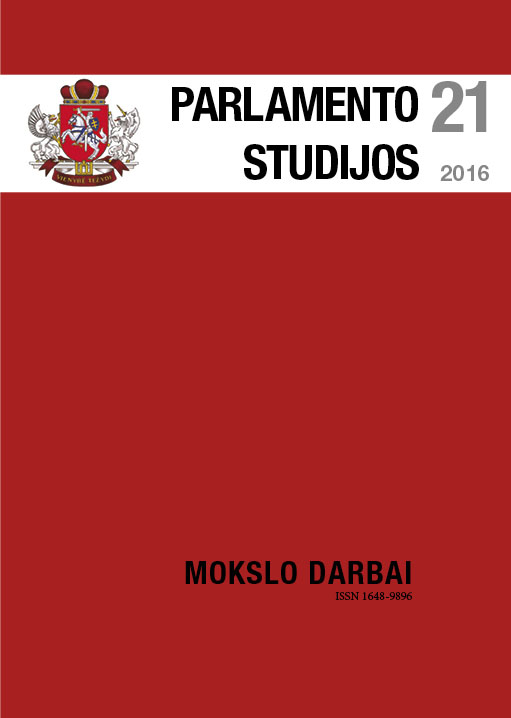The Lithuanian Model of Constitutional Control: Some Theoretical and Practical Issues
DOI:
https://doi.org/10.51740/ps.vi21.113Keywords:
Doctrine of amendments to the Constitution, model of constitutional control, Constitutional CourtAbstract
The doctrine of amendments to the Constitution as formulated in the Constitutional Court’s ruling of 11 July 2014 implies essential changes in the concept of constitutional control in Lithuania. The Constitution consolidates not only a model of a posteriori constitutional control, but also a model of a priori constitutional control. The model of a priori constitutional control is applied not in respect to all draft laws and other draft legal acts, but only draft laws proposing amendments to the Constitution. The a priori constitutional control over a law put to a referendum may be performed by the Central Electoral Commission when it decides on whether an initiative group for calling a referendum may be registered. Such control may also be performed by the Seimas when it decides on whether a referendum should be called if there are 300,000 signatures of citizens requesting it. A final decision on whether a proposed draft amendment to the Constitution put to a referendum is in conflict with the Constitution must always be adopted by either the Supreme Administrative Court or the Constitutional Court respectively. It is only the Constitutional Court that enjoys the powers to decide whether a law, adopted either by the Seimas or by national referendum, regarding alteration of the Constitution is in conflict with the Constitution.








 The metadata of the scholarly journals and publications of the Lithuanian National Martynas Mažvydas Library is distributed by
The metadata of the scholarly journals and publications of the Lithuanian National Martynas Mažvydas Library is distributed by 